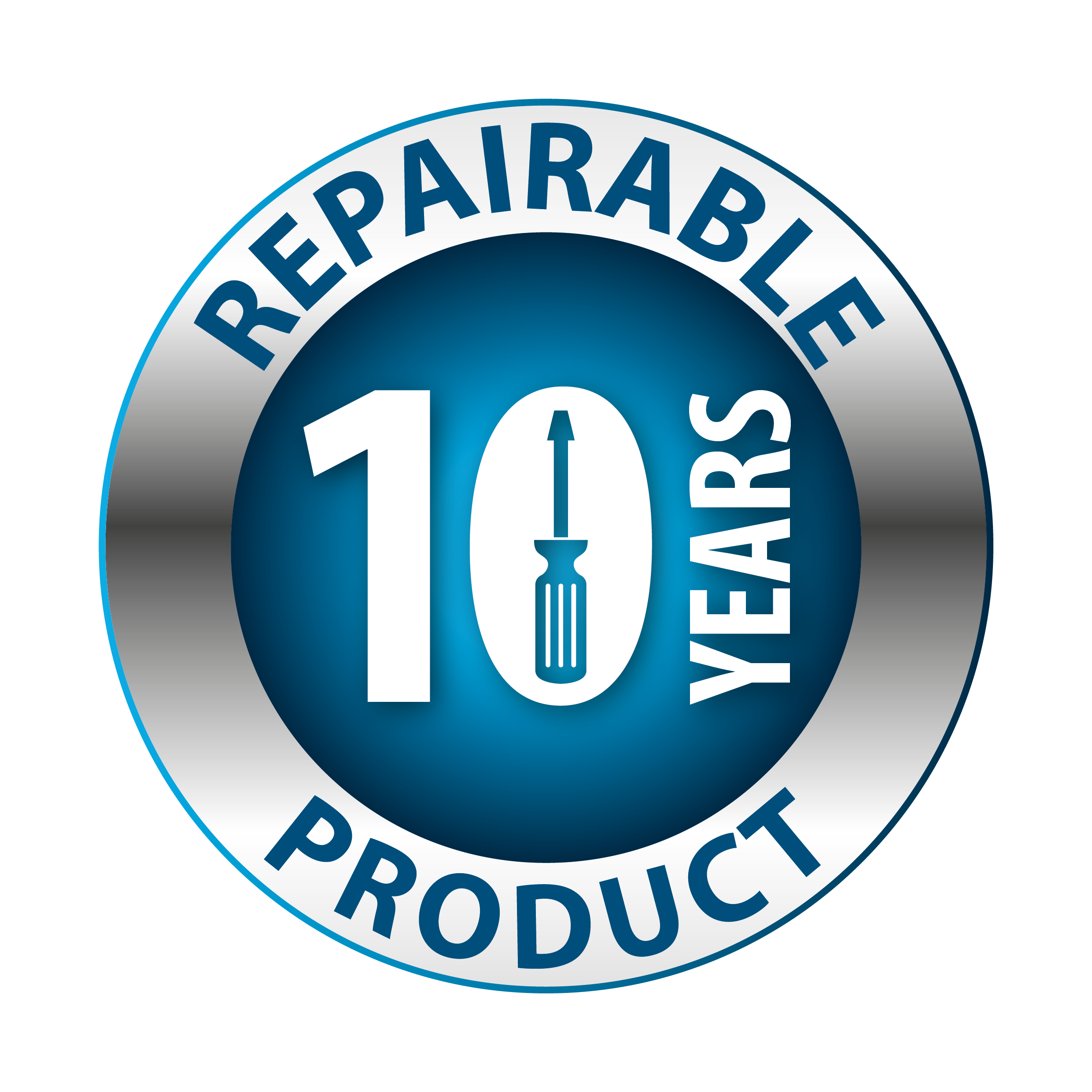MOULINEX UNO
UNOBreadmaking made easy:
- Easy-to-use thanks to automatic programs and intuitive control panel
- Easy-to-clean thanks to the bread pan non-stick coating
Reference : OW310130
Voir la description du produit
Bread basics
Uno is the simple solution for making fresh, home-baked loaves!
Breadmaking becomes easy thanks to its 15 automatic programs and large-screen intuitive interface. What's more, the list of programmes printed on the lid means you don't have to check the instructions every time you bake a loaf!
Includes a recipe book to help you make the most of all the different possibilities provided by the 15 programs: delicious fresh bread, plus cakes, jam, pastry and homemade pizza base!
It's even easy to clean, thanks to the non-stick coating on the baking pan and kneading paddle. Enjoy fresh bread every day with Uno!
Voir la description du produit
Technical specifications / comparison
| Baguette/Baguettine trays with support, brush and scoring tool | NO
|
| Power | 0700
W |
| Recipes | Recipe book with 31 recipes
|
| Number of blades | 1
|
| Type of blades | Kneading blade
|
| Material | Plastic
|
| Bread sizes | 500g / 750g / 1000g
|
| Standard accessories (measuring spoon, beaker, hook) |
|
| Interface | LCD interface
|
| Delayed start | Up to 15 hours
|
| Keep warm | 1 hour
|
| Signal for adding ingredients |
|
| Bread pan coating | PTFE
|
| Bowl shape | Square
|
| Viewing window |
|
| Colours | White / Red
|
| Gluten-free programmes |
|
| Well-being programmes |
|
| Other preparations |
|
Voir les documents liés
Documentation
Voir les questions les plus fr�quentes
FAQ
All the ingredients used must be at room temperature (unless stated otherwise). In the event of hot weather, it is advisable to use liquids that are cooler than usual. Similarly, if the weather is cold, it may be necessary to warm the water or milk (never to more than 35°C).
All ingredients must be carefully weighed. Measure the liquids with the measuring cup. Use the double scoop provided to measure teaspoons on one side and dessertspoons on the other. Measure out the flour with kitchen scales. Incorrect measurements will lead to poor results.
To avoid disturbing the dough while it is rising, we recommend putting all the ingredients in the tank from the start and avoiding opening the lid during use (unless stated otherwise). Keep to the order of ingredients and the quantities stated in the recipes. First the liquids and then the solids. The yeast should not come into contact with the liquids or the salt.
GENERAL ORDER TO BE FOLLOWED:
• Liquids (butter, oil, eggs, water, milk)
• Salt
• Sugar
• First half of the flour
• Powdered milk
• Specific solid ingredients
• Second half of the flour
• Yeast
• The preparation has overflowed: too high a quantity of ingredients, especially liquid. Keep to the proportions in the recipes.
• If you sequence two programmes, wait for one hour before starting the second preparation so that the machine can cool down completely.
• It may also be that you have already programmed a delayed start.
• It is a programme with pre-heating.
• If they are stuck in the bread, consider oiling the paddles before adding the ingredients or use the hook to turn out the bread (depending on the model).
| Dried yeast (in teasp.) | Fresh yeast (in g.) |
| 1 | 9 |
| 1,5 | 13 |
| 2 | 18 |
| 2,5 | 22 |
| 3 | 25 |
| 3,5 | 31 |
| 4 | 36 |
| 4,5 | 40 |
| 5 | 45 |
As a guide: the energy consumption of a 700 watt bread maker, standard programme, French bread, 750 gr, with average browning is: 350 Wh.
Example: 350 Wh energy consumption for a 750 g. loaf of bread or 35 hours of light from a low energy lamp (10 W).
You will also find ready-to-use bread mixes in stores. See the manufacturer's recommendations about using these preparations.
• Fresh yeast in cubes (to be crumbled between the fingers)
• Dry active yeast for rehydration (in a little warm water at around 35°C)
• Or instant dried yeast.
When a sachet of yeast has been opened it should be used within the next 48 hours at the most. If you are using fresh yeast, multiply by 3 the weight indicated for dry yeast. You will find more detailed information in the instruction manual.
If the bread does not rise, there is too much flour, not enough yeast and not enough water, or the water may be too cold.
You may have selected the wrong programme.
The bread preparation is highly sensitive to temperature and humidity. For an optimum result, we recommend keeping the preparation to a combined temperature of 60°C (water temperature + flour temperature + room temperature).
See the services












